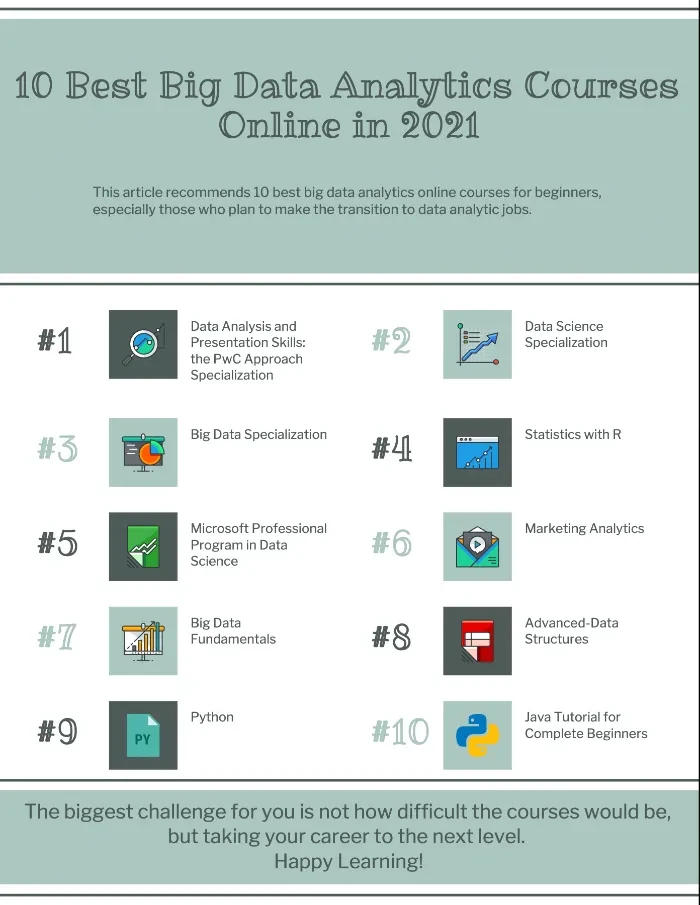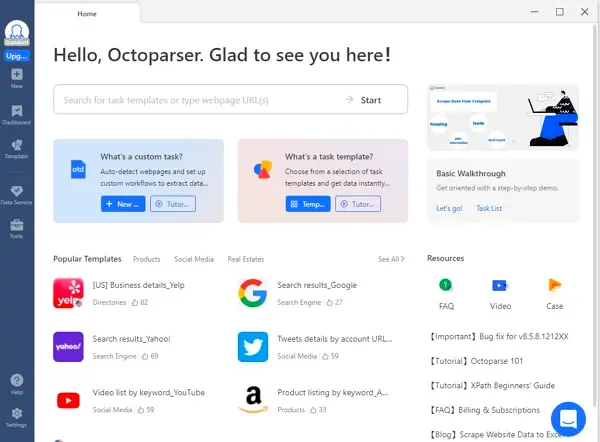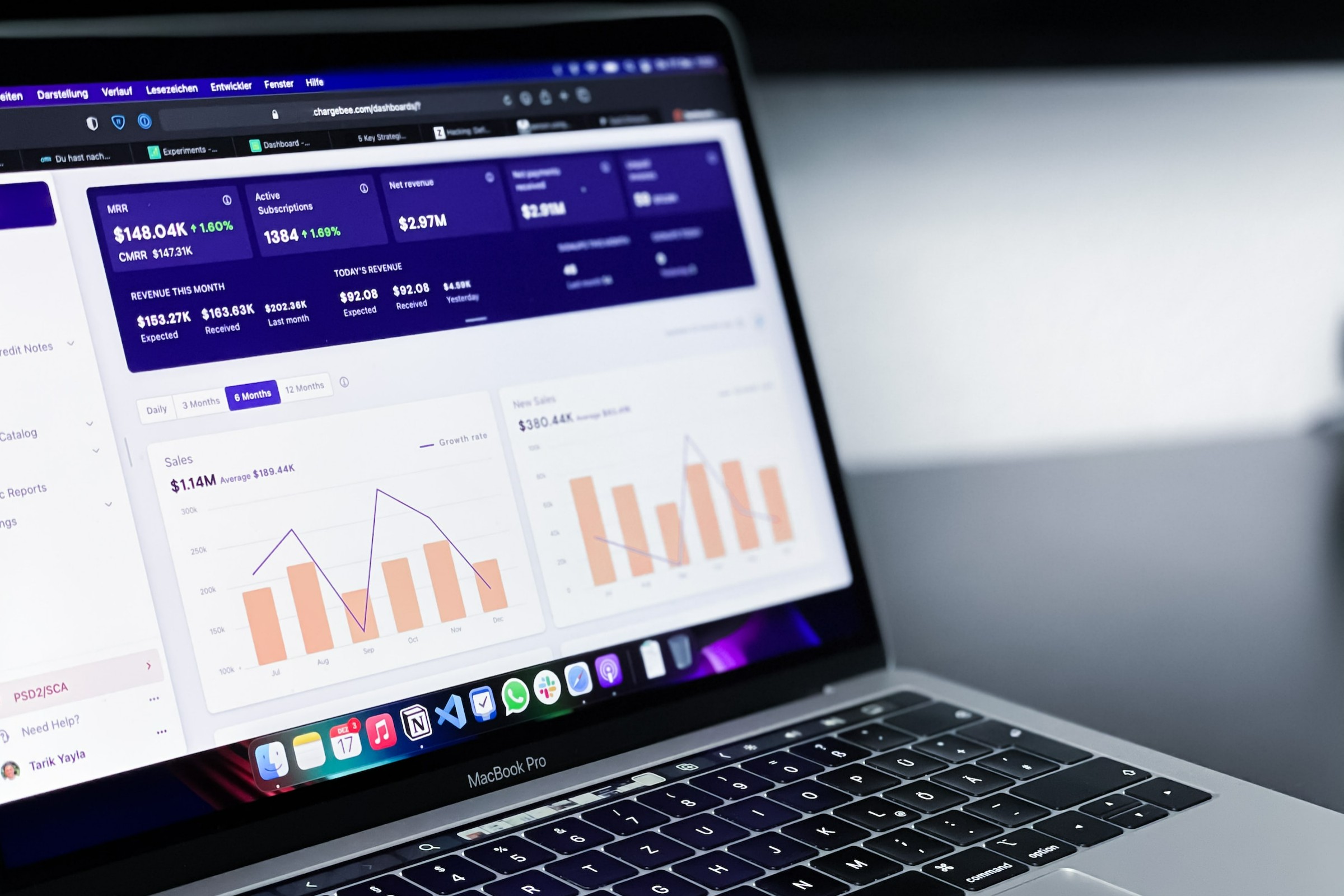Today, data science is no longer the buzzword with the rise of the data-driven market. IBM report estimates that data-related job postings will rise to 2.7 million by 2022. That said, the demand for data-related professional skills like machine learning and AI are must-haves for analytic talents.
This article recommends the 10 best big data analytics online courses for beginners, especially those who plan to make the transition to data analytic jobs.
Coursera
1. Data Analysis and Presentation Skills: the PwC Approach Specialization
Provider: Price Waterhouse Coopers LLP
Commitment: 21weeks, 3-4hours/week
This specialization includes 5 courses, from data-driven decision-making, problem-solving with basic functions of Excel, data visualization with advanced Excel, to a business presentation with PowerPoint, and a final project.
- Course 1: Data-driven Decision Making
- Course 2: Problem-solving with Excel
- Course 3: Data Visualization with Advanced Excel
- Course 4: Effective Business Presentations with PowerPoint
- Course 5: Data Analysis and Presentation Skills: the PwC Approach Final Project
Average Rating of 4.6
The data analysis specialization is designed for employees by PWC, which undoubtedly focuses more on business application than theory. It’s suitable for people without a programming background.
2. Data Science Specialization
Provider: John Hopkins University
Commitment: 43 weeks, 4-9 hours/week
Composed of 10 courses, this specialization covers the concepts and tools you’ll need throughout the entire data science pipeline, from asking the right kinds of questions to making inferences and publishing results.
Average Rating 4.6
This is one of the longest data science specializations on Coursera. Unlike the PWC one, it focuses more on theories related to statistics, algorithms, and data analysis. Besides, these courses are based on the R programming language. As a result, a basic knowledge of programming is recommended before taking the courses.

3. Big Data Specialization
Provider: University of California, San Diego
Commitment: 30 weeks, 3-6 hours/week
With a total of 6 courses, it covers the main aspects of big data, from the basic introduction, modeling, management systems, integration, and processing, to machine learning and graph analytics.
- Course 1: Introduction to Big Data
- Course 2: Big Data Modeling and Management Systems
- Course 3: Big Data Integration and Processing
- Course 4: Overview of Machine Learning
- Course 5: Graph Analytics for Big Data
- Course 6: Big Data – Final Project
Average rating 4.3
This is a great introduction to big data for beginners which doesn’t delve too much into programming. No prior programming experience is needed. It involves several open-source software tools including Apache Hadoop.
4. Statistics with R
Provider: Duke University
Commitment: 27 weeks, 5-7 hours/week
With the 5 courses in this specialization, you will learn to analyze and visualize data in R. You will be able to create reproducible data analysis reports, demonstrate a conceptual understanding of the unified nature of statistical inference, and perform frequentist and Bayesian statistical inference, and modeling.
- Course 1: Introduction to Probability and Data
- Course 2: Numerical and Categorical Data
- Course 3: Linear Regression and Modeling
- Course 4: Bayesian Statistics
- Course 5: Statistics with R Capstone
Average Rating 4.5
The course is all about R programming. Please make sure you are fully prepared with programming skills.
EDX
5. Microsoft Professional Program in Data Science
Provider: Microsoft
Commitment: 56-58 weeks, 2-4 hours/week
Made up of 4 units (10 courses total) and a Final Project. This specialization covers the basic introduction of data science, essential programming languages, and advanced programming languages in applied data science.
- Unit 1 – Fundamentals
- Unit 2 – Core Data Science
- Unit 3 – Applied Data Science
- Unit 4 – Capstone Project
Average Rating N/A
Unsurprisingly, it has a high connection with Microsoft software, including Excel, Power BI, Azure, and R server. These courses also involve R and Python.
Cognitive Class
6. Big Data Fundamentals
Provider: IBM
Commitment: 13 hours
It only consists of 3 courses. These courses give a brief introduction to Big Data, Hadoop, and Spark. The cognitive class is Known as Big Data University before. Now they rebranded it as a MOOC provider backed by IBM.
- Course 1: Big Data 101
- Course 2: Hadoop 101
- Course 3: Spark Fundamentals 1
Average Rating N/A
As a Big Data 101 program, the courses mainly introduce the core concepts of big data and how it immerses us in our everyday lives and work. Meanwhile, lots of big data tools are presented to show how data are being captured, processed, and visualized.
Alternative course: Master of Science in Data Science
Creator: Maryville University
This program is a 100% online, 36-credit data science program designed to allow you to develop the skills, knowledge, and experience to succeed in the data science field. The courses delve into machine learning, data mining, big data, and deep learning, as well as coding skills in Python, SQL, R, and SAS.
7. Advanced-Data Structures
Instructor: Prof. Erik Demaine+
Commitment: 22 sessions, 90mins/session
This course serves as a broad overview of the many different types of data structures, including geometric data structures, like a map, and temporal data structures, as in storage that happens over a time series. It covers the major directions of research for a wide variety of such data structures.
- Session 1: Persistent Data Structures
- Session 2: Retroactive Data Structures
- Session 3~4: Geometric Structures I ~ II
- Session 5~6: Dynamic Optimality I ~ II
- Session 7: Memory Hierarchy Models
- Session 8~9: Cache-Oblivious Structures I ~ II
- Session 10: Dictionaries
- Session 11: Integer Models
- Session 12: Fusion Trees
- Session 13: Integer Lower Bounds
- Session 14: Sorting in Linear Time
- Session 15: Static Trees
- Session 16: Strings
- Session 17~18: Succinct Structures I ~ II
- Session 19~20: Dynamic Graphs I ~ II
- Session 21: Dynamic Connectivity Lower Bound
- Session 22: History of Memory Models
Average Rating N/A
This is an advanced course on explaining the different data structures. To help every learner master the lesson easier, a one-page assignment is provided on a weekly basis to help get rid of the difficulties during the whole learning process.
8. Python
Instructors: Austin Bingham, Robert Smallshire, Terry Toy, Bo Milanovich, Emily Bache, Reindert-Jan Ekker
Commitment: 3 sessions, 28 hours totally
This path will take you from the basics of the Python language all the way up to working with web frameworks and programming.
Python is an interpreted object-oriented programming language. It is open-source, so the interpreter and source are freely available and distributable in binary form. This contributed Python to becoming a popular programming language in data analysis.
Average Rating N/A
There are 3 sessions for the beginner, the intermediate, and the advanced separately. You could either choose one of the suitable courses or you will grow from zero to hero after you finish all the courses.
Udemy
9. Java Tutorial for Complete Beginners
Instructor: John Purcell
Commitment: 75 lectures, 16 hours totally
A beginner course to learn the Java programming language. No prior programming knowledge is required. The key reason for recommending this course: Hadoop is Java-based, which is one of the hottest open-source software utilities that pave the ground for big data analysis.
Octoparse
Traditional approaches to extracting data online manually are no longer used. You need a much more efficient web-scraping tool to extract information on the Internet.
Octoparse is an automatic web scraping tool recommended by many data experts. It is easy to use, fast to learn, and does not require prior programming knowledge. Millions of data online will turn into structured datasheets (Excel, CSV, SQL, API) at your fingertips in seconds.

The biggest challenge for you is not how difficult the courses would be, but taking your career to the next level.
Happy Learning!




